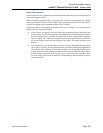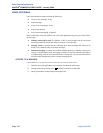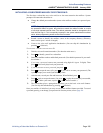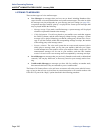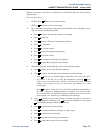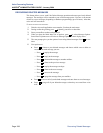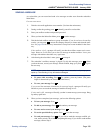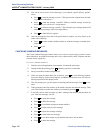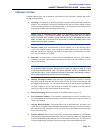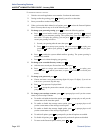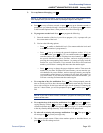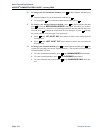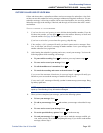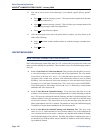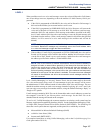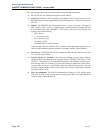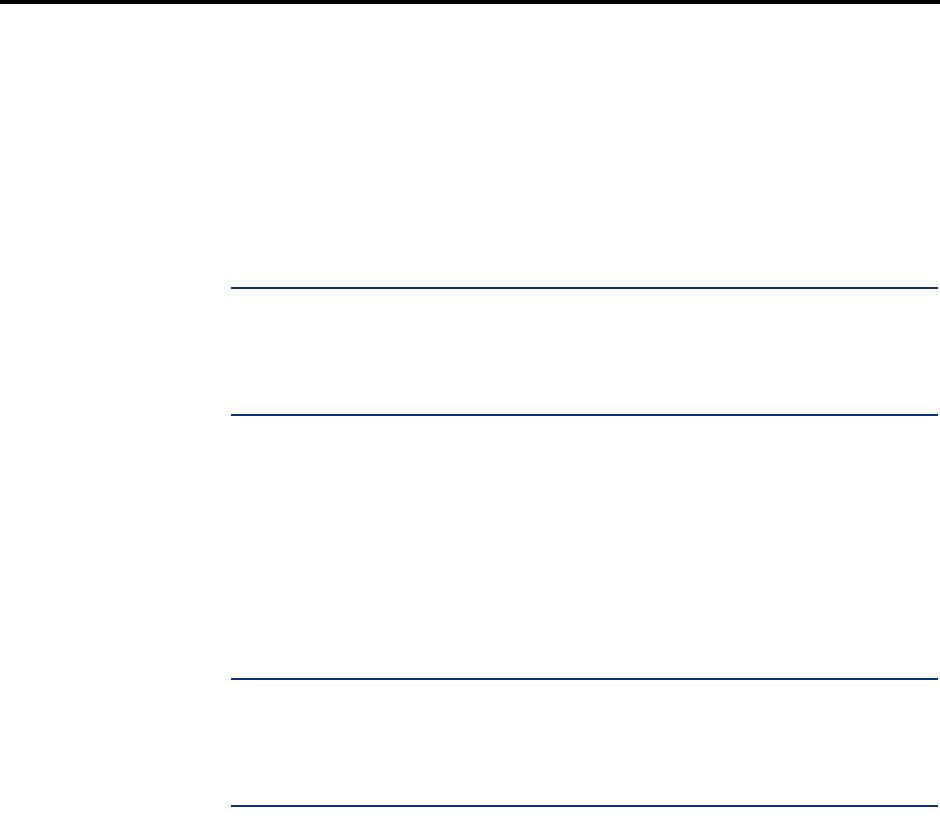
Page 301
Voice Processing Features
AXXESS
®
ADMINISTRATOR’S GUIDE – January 2004
Personal Options
PERSONAL OPTIONS
Personal Options allow you to customize your mailbox. Each subscriber’s mailbox has the fol-
lowing personal options:
• Greetings: Your primary or alternate greeting is played to callers when they reach your
mailbox. You can change your primary greeting at any time to reflect a change in status
and/or record and enable an alternate greeting. If you elect not to record a personal
greeting, the default system greeting will be used.
NOTE: There is a database option called “Play Recording Instructions” that affects
mailbox greetings. If this option is enabled, the system prompt that tells the caller to
“leave a message after the beep” will play after the primary or alternate greeting. If dis-
abled, the beep will occur as soon as the primary or alternate greeting ends. In the
default state, this option is enabled.
• Directory Name: Your recorded name is used to identify you in the directory and to
verify your mailbox number when messages are addressed to you by non-subscribers
and other subscribers. Although your name is recorded when you first set up your mail-
box, you can change it at any time.
• Password: Your password is used to prevent unauthorized access to your mailbox.
Although you create a personal password when you first set up your mailbox, you can
change it at any time.
NOTE: To provide system security, all mailboxes should have a password. To make
the passwords difficult to guess, they should not match the mailbox number or consist
of one digit repeated several times. The default password should be changed the first
time the user logs in. This is especially important in the system administrator's mailbox,
which allows programming access to the Voice Processor.
• Message Envelope Contents: Each message is preceded by an “envelope” message
that can include the time and date the message was left, the source of the message, and
the length of the message. You can choose the contents of the envelope or disable the
envelope completely. (Even if the envelope is disabled, the subscriber can still enter the
code to play the envelope when listening to the message.)
• Remote Messaging: Remote messaging is described in detail on page 291.
• Fax Destination Number: If your station is programmed to receive incoming faxes,
you can program the extension number of the fax machine receive the faxes that are
sent to your mailbox.
• Message Retrieval Order: This option allows you to determine how to retrieve your
saved or new messages based on the date and time they were received. You can listen to
the earliest-received messages first (First In/First Out) or the latest-received messages
first (Last In/First Out).
• Transfer Method: When a call is received by an Automated Attendant or Call Routing
Announcement application and the caller enters an extension number, the programmed
Transfer Method determines how the call will be transferred. See page 206 for a list of
Transfer Methods and information about receiving screened and announced calls.



